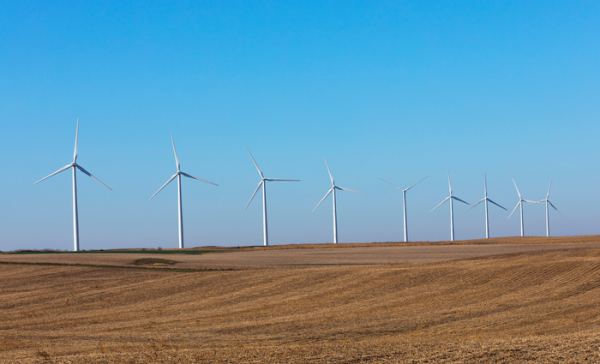When the power grid goes down, there’s a step-by-step recovery process – a “blackstart” that up to now has depended on power from gas or hydro turbines spinning away inside a power plant.
It was all relatively easy to control. Start up the turbines, use them to spin generators and watch the electrons flow steadily and predictably to reenergize a grid and withstand short circuits and other faults.
But what if we’re talking about a wind power plant? One that stretches across the countryside. One that’s not so steady and predictable. One that depends on the wind blowing. What happens when a wind-dominant grid goes black? How do engineers get a wind farm with hundreds of individual power generators working together to get electricity back to homes and businesses?
That’s one of three major “Grand challenges in the science of wind energy,” according to an October 2019 headline and paper in the journal Science. (Paul Veers of the National Renewable Energy Laboratory in Colorado is the lead author.)
Hugo Villegas Pico, a Harpole-Pentair assistant professor of electrical and computer engineering at Iowa State University, saw that paper and thought he could engineer solutions for grand challenge three, “optimization and control of fleets of wind plants comprising hundreds of individual generators working synergistically within the larger electric grid system.”
Read more at: Iowa State University
Wind turbines spin over farm fields north of Ames. Iowa State's Hugo Villegas Pico is leading development of a control strategy that restores wind-dominant electric grids from blackouts. (Photo Credit: Christopher Gannon)


